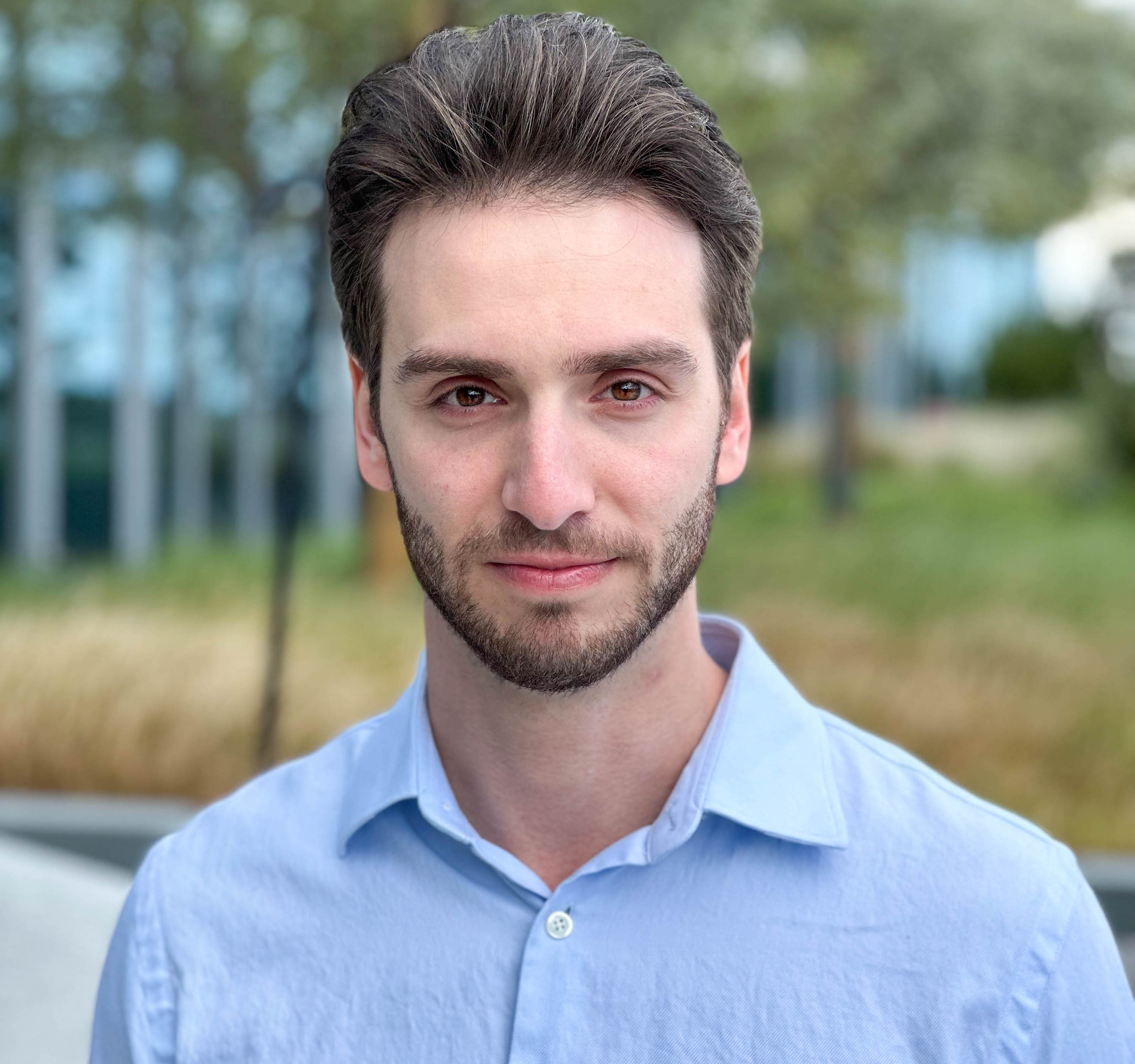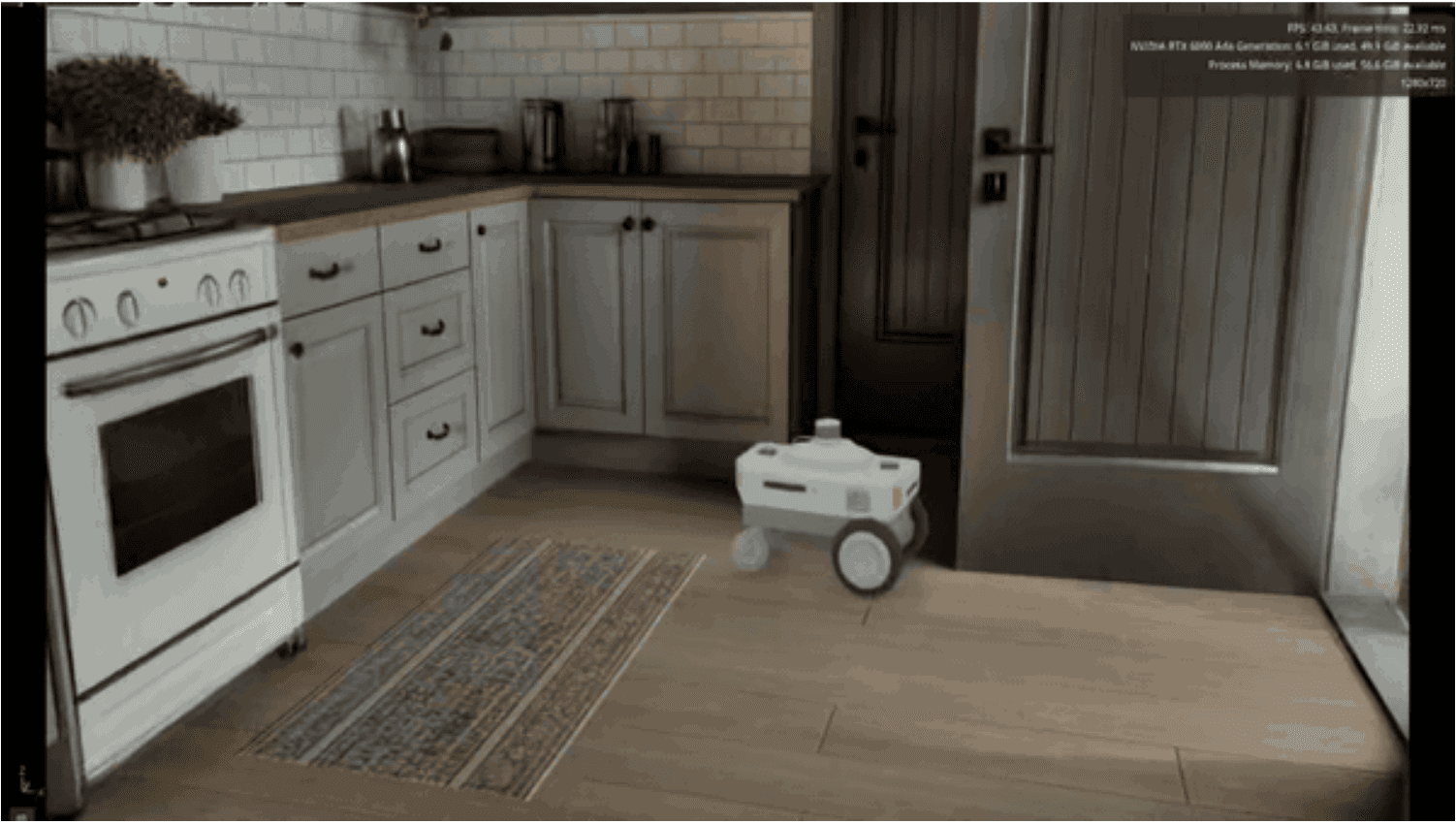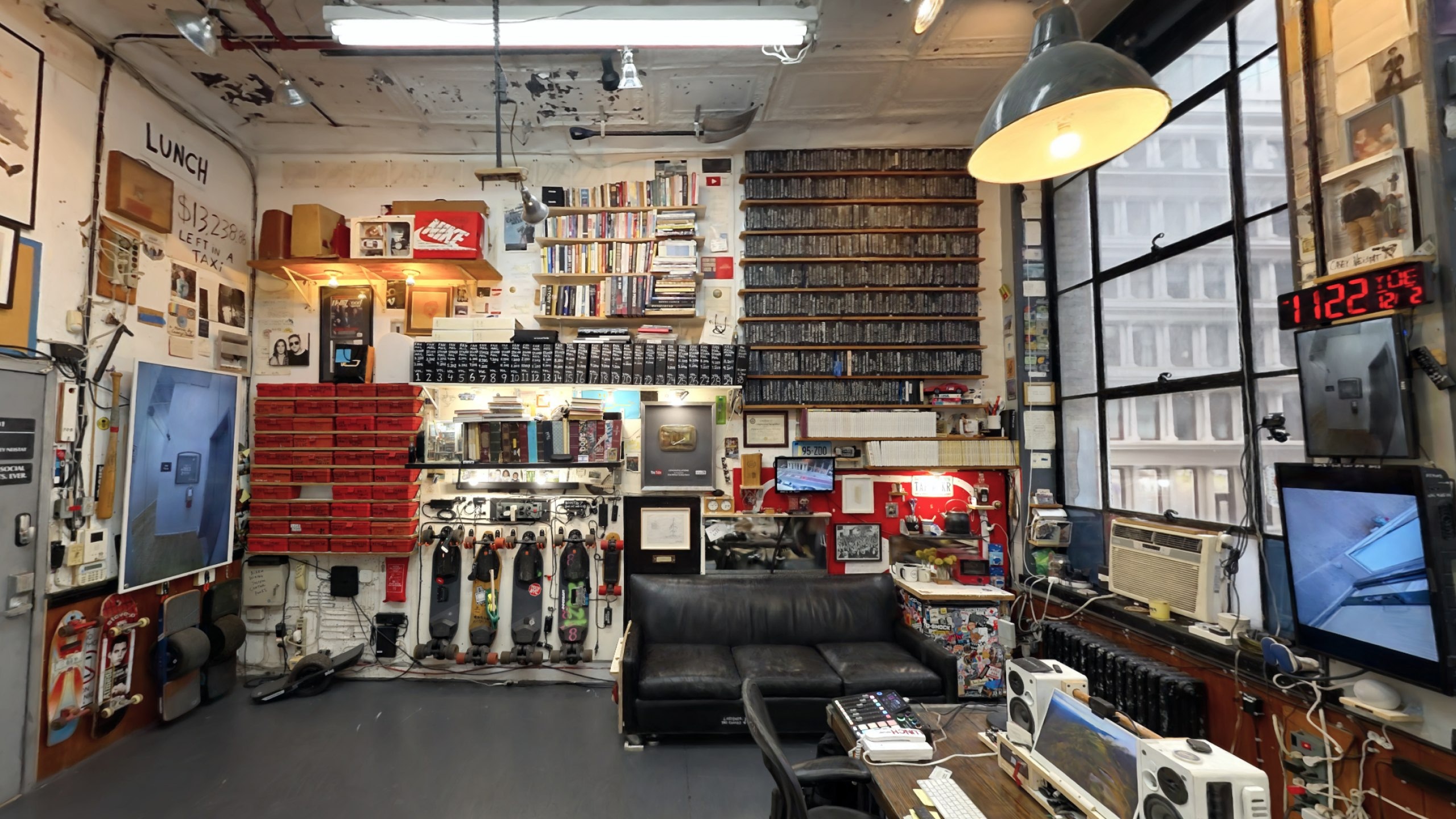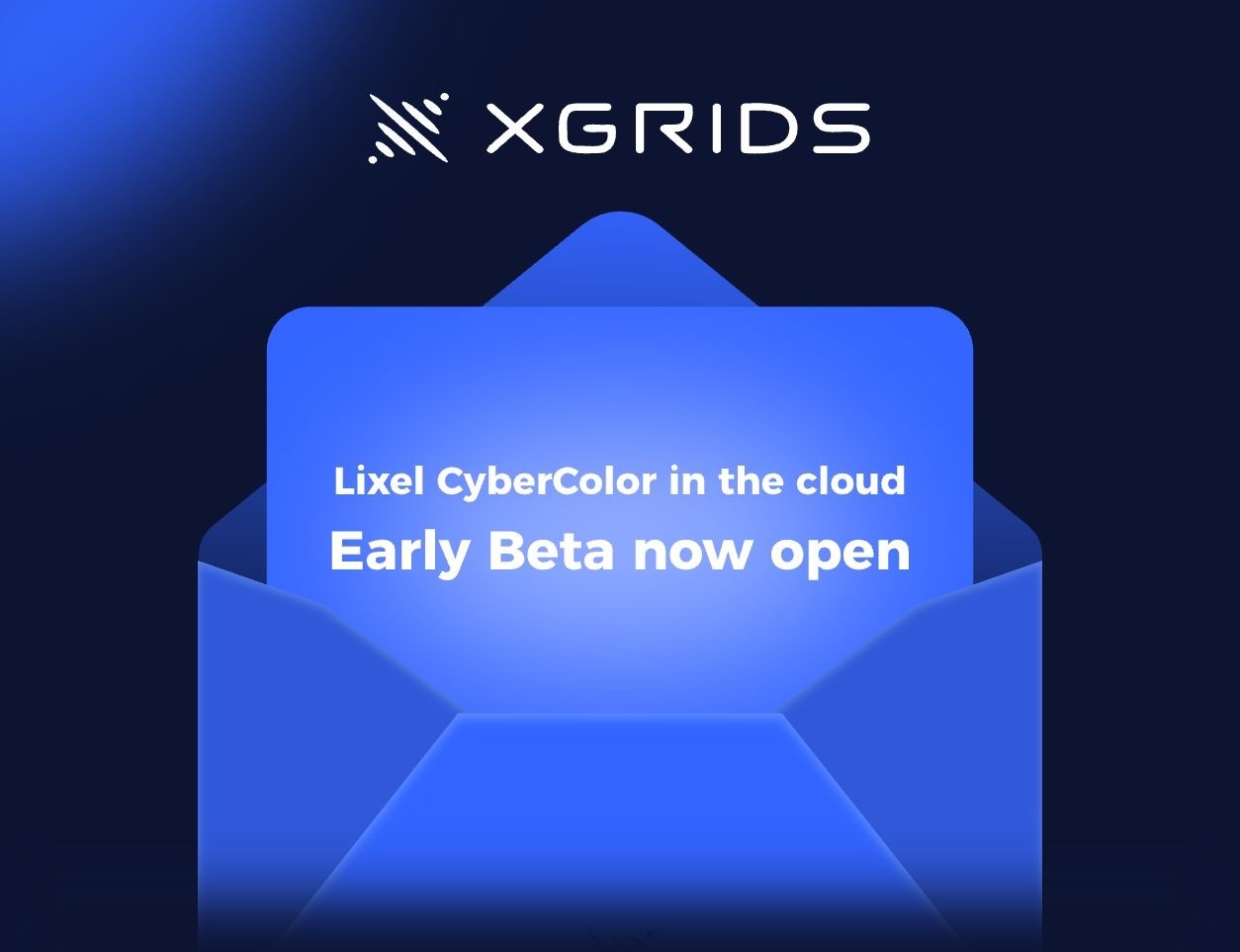

Michael Rubloff
Feb 13, 2025
SuperSplat, the open-source platform for editing and publishing captures of the Radiance Field method, 3D Gaussian Splatting, has just rolled out a significant update, launching Version 2.0. This introduces a suite of new features aimed at streamlining workflows, enhancing shareability, and expanding community engagement. From a sleek new domain to a host of powerful editing tools, these updates squarely place SuperSplat and parent company, PlayCanvas at the very forefront of making 3D Gaussian Splats more accessible and interactive than ever before.
A New Digital Home
SuperSplat now has a brand-new digital address, making it easier for users to access its features. The platform can now be found at superspl.at, with the editor conveniently located at superspl.at/editor. The simplified URLs reflect SuperSplat’s mission to lower barriers for creators and provide a more intuitive user experience. Make sure that you use this new link, as the previous domain does not forward.
Seamless Web Publishing for Splats
Previously, while users could export HTML viewers for their splats using SuperSplat’s PlayCanvas-powered engine, hosting the files remained a separate challenge. Now, with built-in publishing capabilities, users can directly upload and share their splats in just three simple steps:
Log in with a PlayCanvas account.
Select File > Publish once the splat is ready.
Complete the publishing form and hit Publish.
Once published, users receive a shareable URL, making distribution effortless. Creators also have the option to keep their splats public or unlisted, allowing for private sharing without appearing in the main gallery.
Bringing Splats to Life with Camera Flythroughs
One of the most exciting features of the 2.0 update is the introduction of a Timeline feature, enabling users to create dynamic camera flythroughs. By setting keyframes across different frames, creators can craft engaging animations that showcase their splats with cinematic flair. This addition actually is a game-changer. Previously, you would need to use other platforms, such as Nerfstudio, Luma, or Postshot, but this is an incredible addition.
As projects become more intricate, SuperSplat now supports a dedicated project file format (.ssproj), allowing users to save and resume work seamlessly. The .ssproj format is essentially a ZIP file containing JSON-based project data and accompanying PLY files that store Gaussian Splat information. Alongside this change, the File menu has been reorganized to streamline workflows:
Open, Save, and Save As now work exclusively with .ssproj files.
Import and Export options handle other formats such as .ply and .splat.
With the formal introduction of web publishing, SuperSplat has become a community driven gallery showcasing creations from users around the world. Browsing and searching for new splats is easier than ever, fostering inspiration and collaboration within the digital 3D art space. I'm also greatly excited to see this functionality and am looking forward to contributing to it!
Immersive AR and VR Integration
SuperSplat’s PlayCanvas-powered web viewer is now fully integrated with WebXR, enabling seamless viewing experiences in Augmented Reality (AR) and Virtual Reality (VR). Users can:
Spawn splats into their real-world environment with AR mode.
Explore fully immersive 3D worlds in VR mode.
Compatibility tests have been conducted on leading devices, including Meta Quest 2 & 3, Apple Vision Pro, and Android-based smartphones, ensuring a broad range of accessibility for immersive experiences.
SuperSplat remains proudly MIT-licensed and open-source, reinforcing its dedication to collaborative development. The Radiance Field community has rapidly evolved, and SuperSplat continues to play an active role in fostering innovation. Contributions are welcomed in the form of issue reports, pull requests, and community engagement, ensuring that the platform continues to thrive as a collective effort.
From streamlined web publishing to immersive AR/VR capabilities and expanded project management tools, this release marks a significant step forward in democratizing 3D Gaussian Splat technology. Today is a very exciting day that I believe will strongly impact the roadmap for people looking to use Radiance Field representations, such as Gaussian Splatting. There is still a lot more to come from the PlayCanvas team and I am greatly appreciative of all their hard and rapid work to introduce such a great product!






